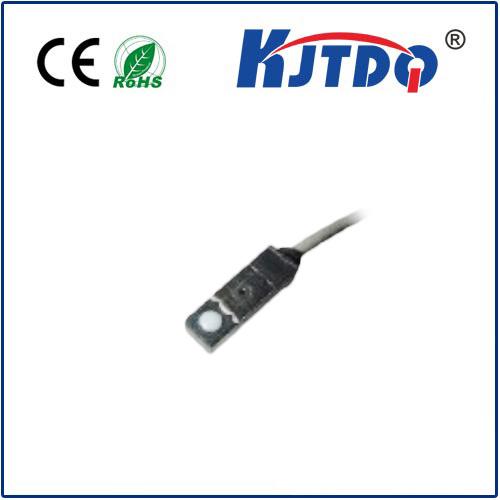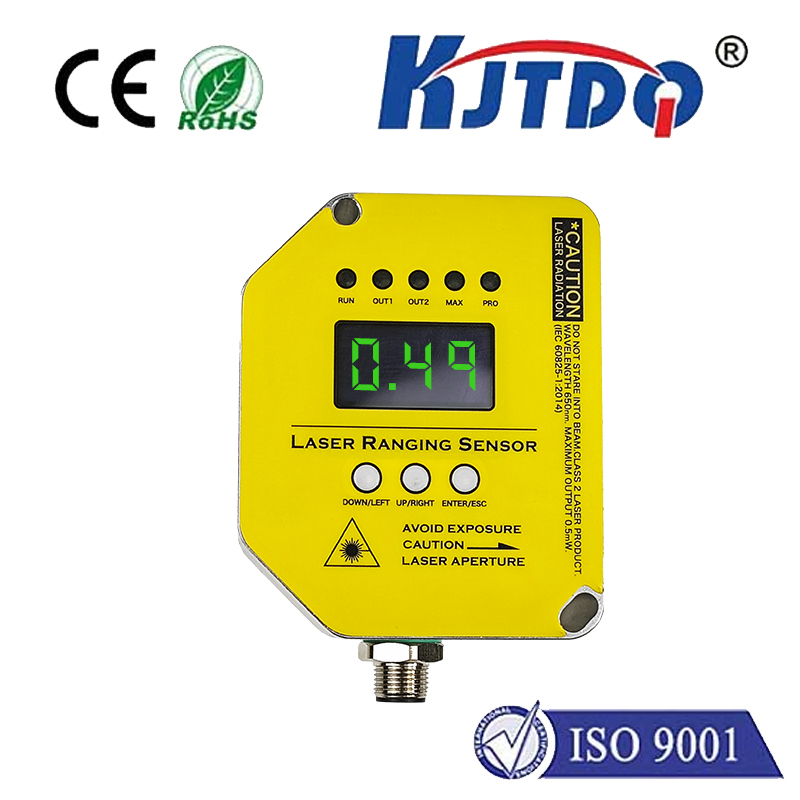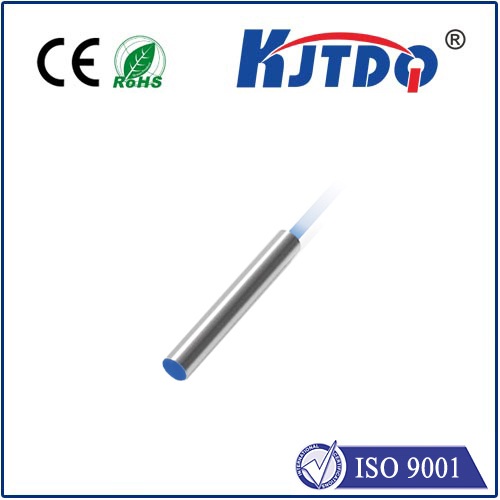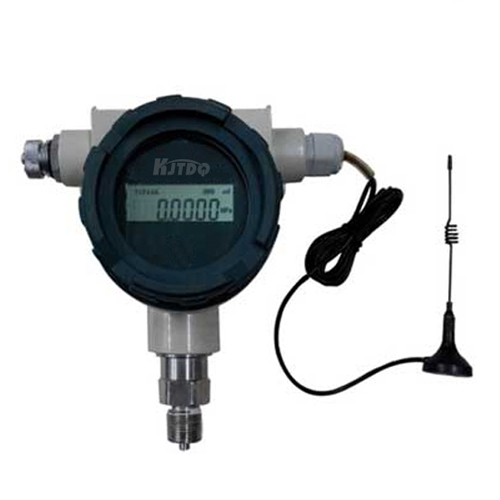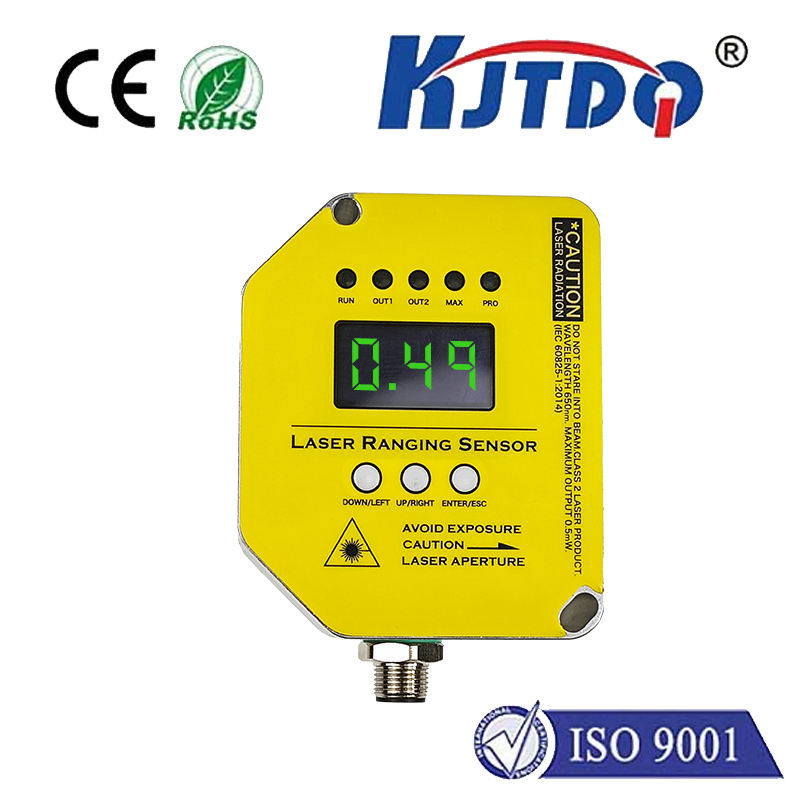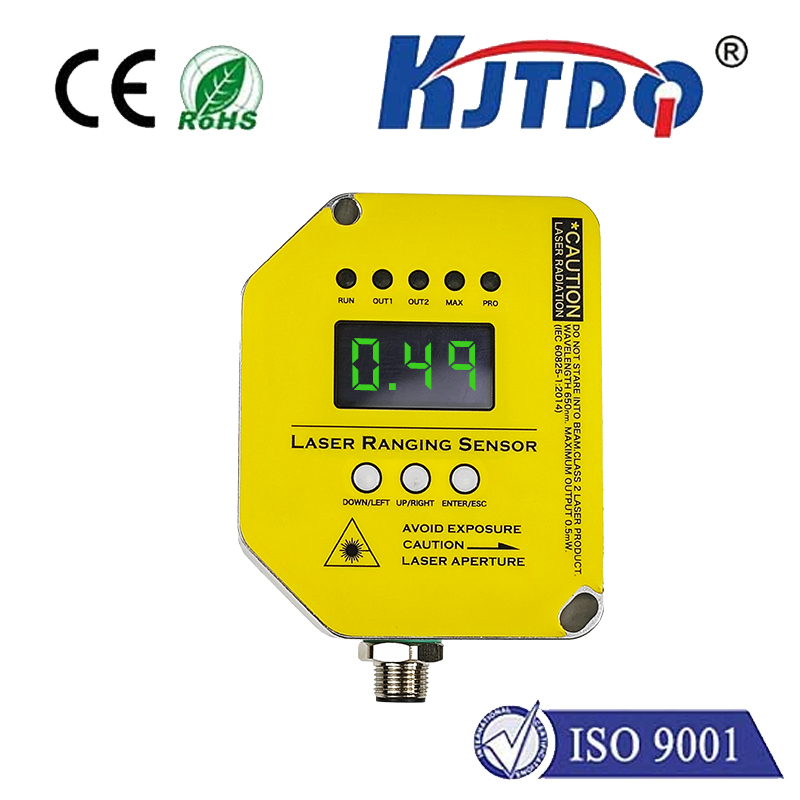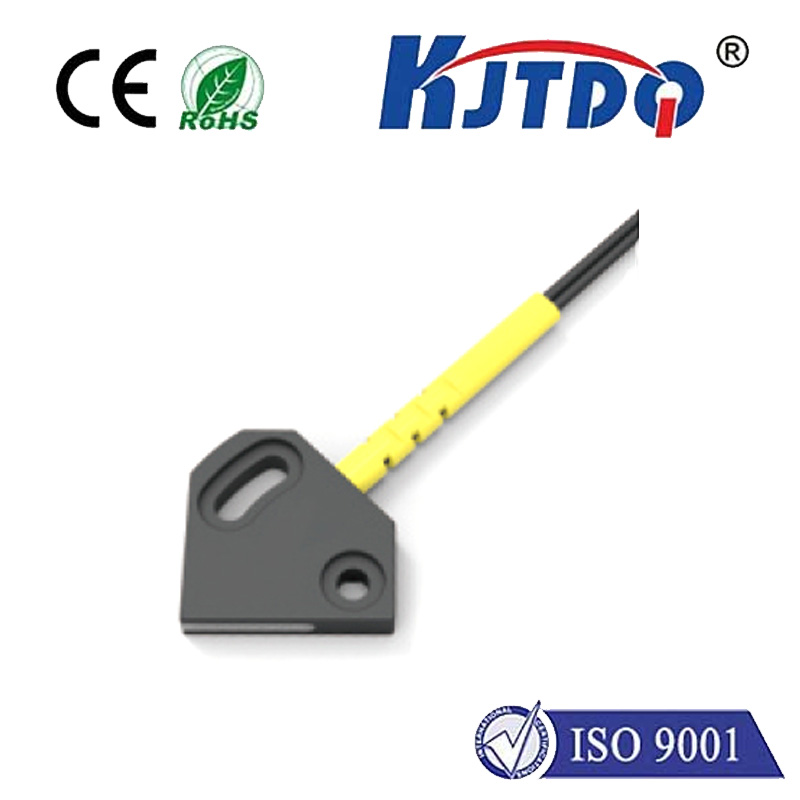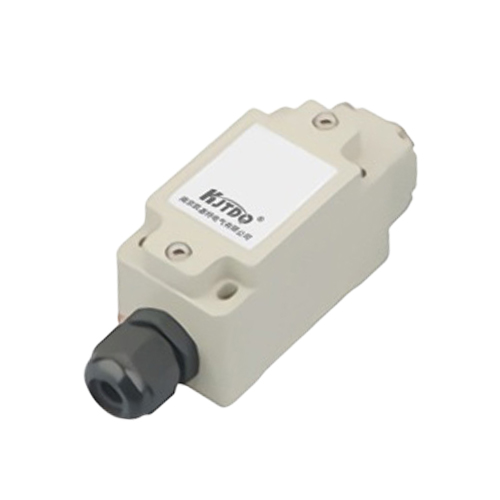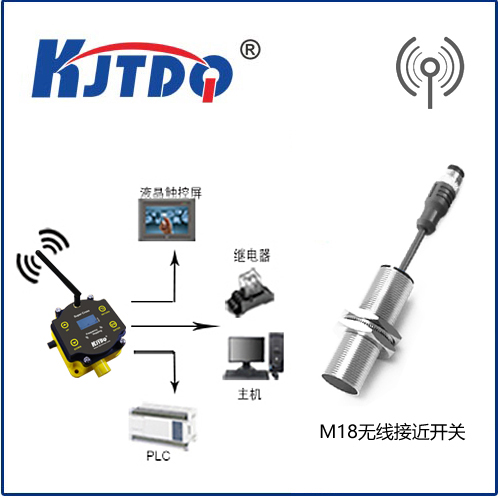ambient sensor
- time:2025-08-21 03:20:38
- Нажмите:0
Ambient Sensors: The Invisible Architects of Smarter, Healthier Environments
Step into your home, and the air feels perfectly fresh, the temperature just right. Your smartwatch flags improving air quality during your morning run. A factory floor automatically adjusts ventilation as humidity rises. These seamless experiences owe their intelligence to the silent, ubiquitous heroes: ambient sensors. These unassuming devices are the fundamental building blocks gathering the real-time environmental data that powers our increasingly responsive and aware world. Far from mere gadgets, they are the critical sensory foundation upon which countless smart systems are built.
So, what exactly are ambient sensors? At their core, they are sophisticated electronic components designed to detect and measure specific physical properties or chemical constituents present in the surrounding environment – the “ambient”. Unlike sensors focused on direct interaction (like touchscreens) or specific objects (like barcode scanners), ambient sensors continuously monitor the background conditions of a space. Common parameters they track include:

- Temperature: Essential for climate control in HVAC systems, industrial processes, cold chain logistics, and energy management.
- Humidity: Critical for comfort, preventing mold in buildings, optimizing agricultural conditions, and ensuring product quality in manufacturing and storage.
- Light (Illuminance): Enabling automated lighting control, security systems (occupancy detection), and optimizing natural light usage in smart buildings.
- Air Quality: This broad category includes sensors for:
- Particulate Matter (PM1.0, PM2.5, PM10): Monitoring dust, smoke, and other airborne particles impacting health.
- Volatile Organic Compounds (VOCs): Detecting pollutants from paints, cleaning supplies, furniture, and industrial processes.
- Gases (CO2, CO, NO2, O3, etc.): Crucial for indoor air quality assessment, combustion safety, and environmental monitoring.
- Atmospheric Pressure: Used in weather forecasting, altitude determination (in devices), and some industrial processes.
- Sound (Noise Levels): Monitoring environmental noise pollution or enabling context-aware applications in smart devices.
- Motion/Presence (Often via PIR sensors): Foundational for security, lighting automation, and energy-saving occupancy detection.
The Essential Technology Behind the Sensing
Ambient sensors aren’t monolithic; they are sophisticated miniaturized systems. Key components typically include:
- The Sensing Element: The physical or chemical component that directly interacts with the target parameter (e.g., a thermistor for heat, a metal oxide semiconductor for gases, a photodiode for light).
- Signal Conditioning Circuitry: Raw signals from sensors are often weak or noisy. This circuitry amplifies, filters, and prepares the signal for accurate measurement.
- Analog-to-Digital Converter (ADC): Converts the conditioned analog signal (a varying voltage) into a digital value that microcontrollers or computers can process.
- Microcontroller/Processor (Often Integrated): Handles the sensor’s operation, data processing, calibration compensation, and communication protocols.
- Communication Interface: How the sensor transmits its data (e.g., Wi-Fi, Bluetooth Low Energy (BLE), Zigbee, LoRaWAN, MQTT, or simple analog/digital outputs).
The sophistication varies greatly. A basic temperature sensor might output a simple voltage, while a modern environmental sensing unit could integrate temperature, humidity, pressure, and VOC sensing onto a single chip with onboard processing and wireless connectivity.
Where Ambient Sensing Makes a Tangible Impact: Applications Abound
The pervasive nature of ambient conditions means these sensors find utility in a staggering array of applications:
- Smart Homes & Buildings: The cornerstone of comfort and efficiency. Ambient sensors enable:
- Automated HVAC: Adjusting heating/cooling based on occupancy and real-time temperature/humidity.
- Intelligent Lighting: Dimming or turning off lights based on ambient light levels and occupancy.
- Air Quality Management: Ventilating spaces automatically when VOC or CO2 levels rise, creating healthier living and working environments.
- Energy Optimization: Reducing waste by ensuring systems only operate when and to the extent needed, driven by environmental data.
- Industrial IoT (IIoT) & Manufacturing: Ensuring optimal conditions for processes, worker safety, and equipment longevity.
- Process Control: Monitoring environmental variables crucial for specific manufacturing stages (e.g., pharmaceutical production, food processing, semiconductor fab).
- Predictive Maintenance: Detecting abnormal temperature or vibration (often considered ambient in context) to signal potential equipment failure.
- Worker Safety: Monitoring air quality in hazardous environments (gas leaks, dust) and ensuring safe temperature levels.
- Warehouse & Logistics: Maintaining temperature and humidity for sensitive goods during storage and transport.
- Environmental Monitoring:
- Urban Air Quality Networks: Deploying sensor nodes across cities to track pollution hotspots in real-time.
- Weather Stations: Providing hyper-local weather data (temperature, humidity, pressure, rainfall).
- Agricultural Sensing (Precision Agriculture): Monitoring microclimate conditions (soil moisture, air temp/humidity, light) in fields and greenhouses to optimize irrigation and crop health.
- Healthcare & Wellness:
- Hospital Environments: Ensuring sterile conditions, comfortable temperatures for patients, and monitoring air quality in critical areas.
- Remote Patient Monitoring: Wearables and home devices tracking environmental factors (e.g., home air quality) that can impact chronic conditions like asthma.
- Wellbeing Tracking: Some fitness trackers incorporate ambient temperature sensing.
- Transportation:
- Vehicle Climate Control: Maintaining cabin comfort.
- Refrigerated Transport: Continuously monitoring temperature for perishable goods.
- Cabin Air Quality: Enhancing passenger comfort in planes, trains, and cars.
- Retail: Optimizing store ambiance (lighting, temperature) for customer comfort and potentially monitoring perishable goods sections.
Implementing Ambient Sensing: Key Considerations
While powerful, deploying ambient sensors effectively requires careful thought:
- Sensor Selection & Placement: Choosing the right sensor type (accuracy, range) and positioning it correctly is paramount. A temperature sensor near a window or heat source won’t reflect room ambient conditions accurately. Strategic placement dictates data reliability.
- Calibration: Sensors drift over time. Regular calibration against known standards is essential for maintaining data accuracy, especially for critical applications like air quality monitoring or industrial process control.
- Data Integration & Processing: Raw sensor data is just the start. Meaningful insights come from integrating data streams (e.g., correlating temperature, humidity, and occupancy), applying algorithms, and visualizing results on dashboards or feeding control systems. Edge computing is increasingly used to process data locally on the sensor device itself, reducing latency and bandwidth needs.
- Connectivity & Power: Wireless sensors require reliable communication protocols and robust power management (battery life or efficient energy harvesting) for sustained operation.
- Data Privacy & Security: Environmental data, especially in homes or workplaces, can be sensitive. Robust cybersecurity measures are essential.
The Future: More Intelligent, Integrated, and Invisible
The evolution of ambient sensing is driven by relentless miniaturization, cost reduction, and enhanced capabilities:
- Multi-Sensor Fusion: Single chips integrating multiple sensing capabilities (e.g., temp, humidity, pressure, VOCs, light) are becoming commonplace, providing richer environmental profiles.
- Enhanced Accuracy & Selectivity: Particularly for air quality sensors, advancements are improving their ability to accurately detect specific gases at lower concentrations and differentiate between similar compounds. This drives truly actionable insights.
- AI & Machine Learning Integration: AI algorithms are crucial for analyzing vast streams of ambient sensor data, identifying complex patterns, predicting trends (e.g., equipment failure,

